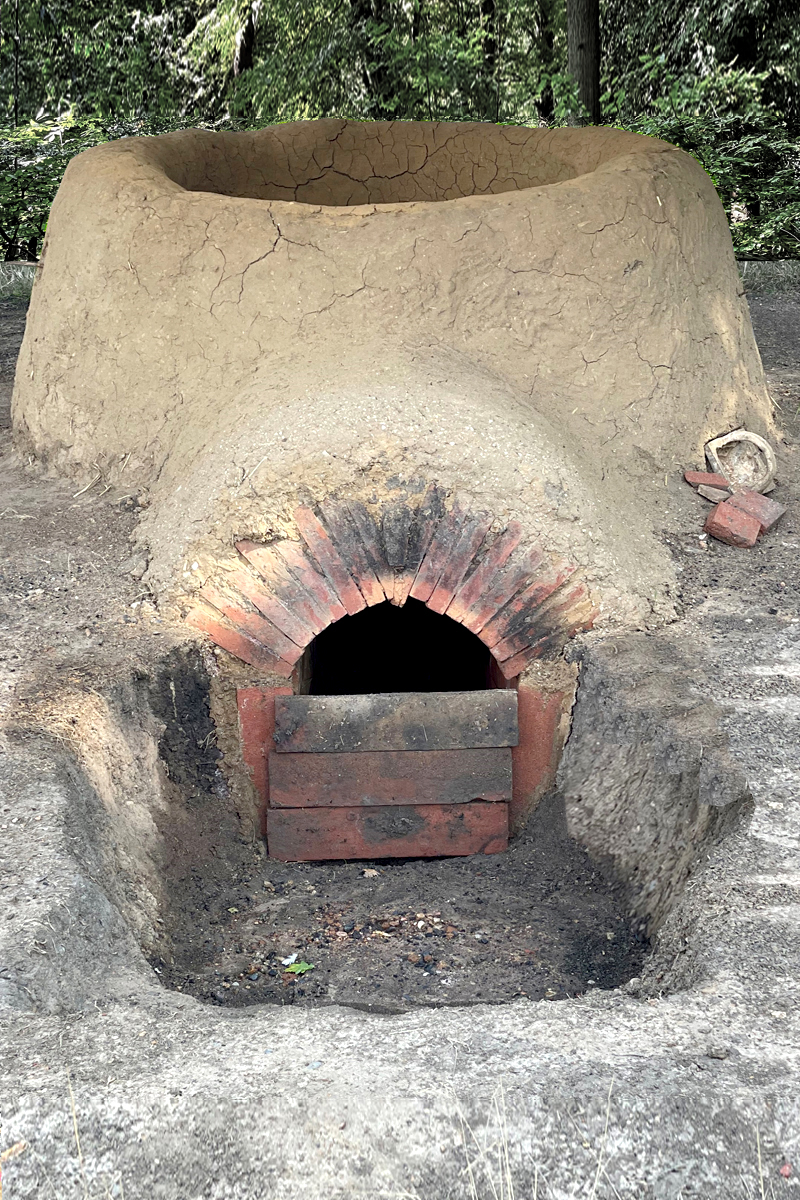Clay production in Britain began during the Roman period, with one of its earliest and most significant centres at Highgate Wood, on the northern edge of Hampstead Heath.
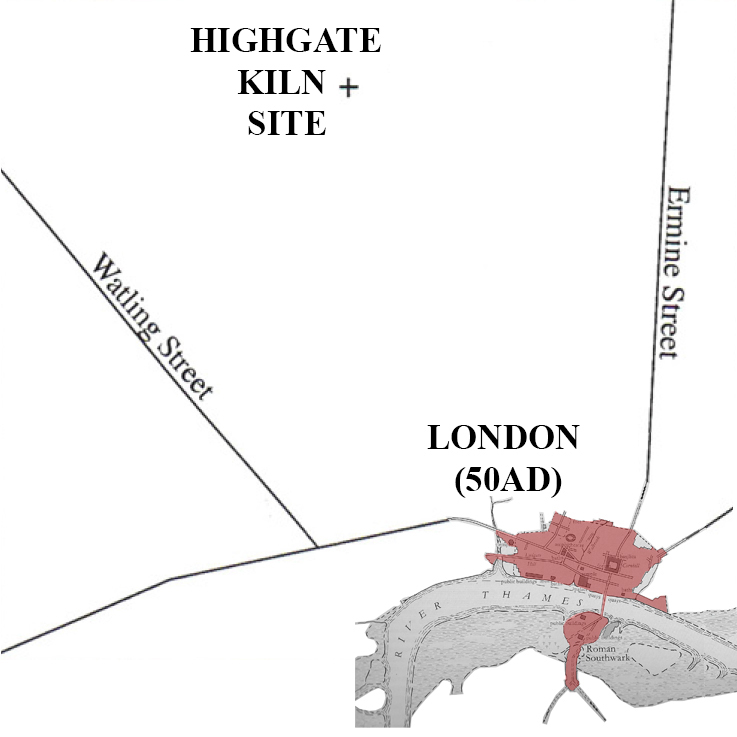
From around AD 50, Roman potters operated a kiln complex, supplying nearby Londinium with domestic wares.
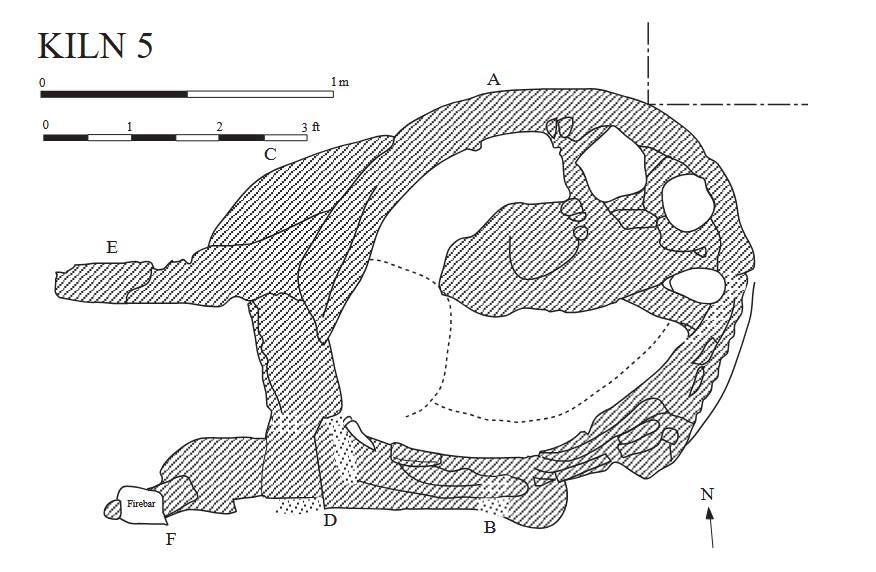
The site’s geology—specifically the Claygate Beds, known for their fine, workable clay—made it exceptionally well-suited for pottery.
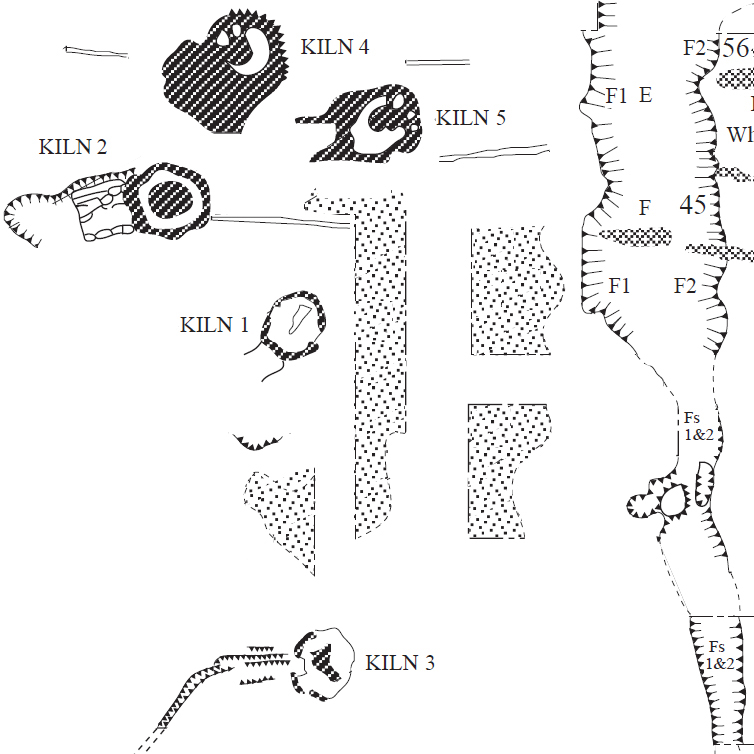
Combined with plentiful timber for firing from the surrounding forest and accessible natural water sources, Highgate Wood offered ideal conditions for kiln-based production.
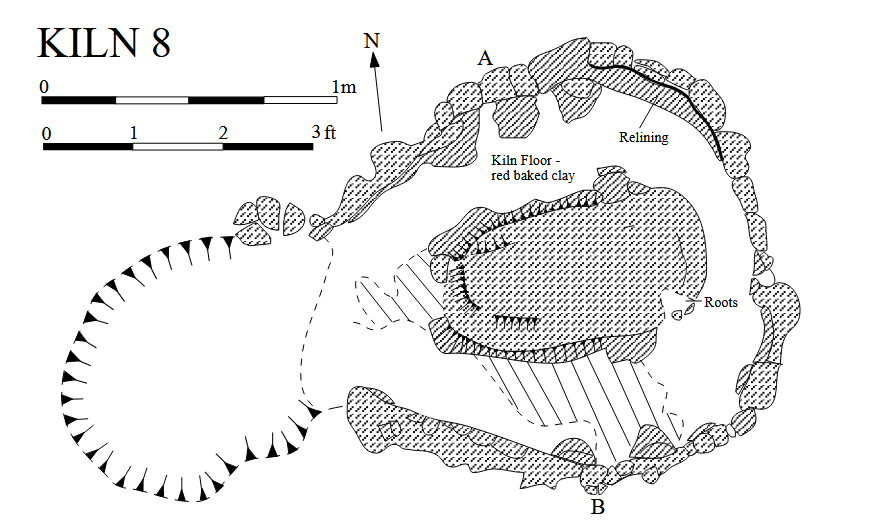
Today, remnants of the ancient kilns remain.
A recently reconstructed Roman kiln at Highgate Wood preserves the craft and living rituals of clay firing.
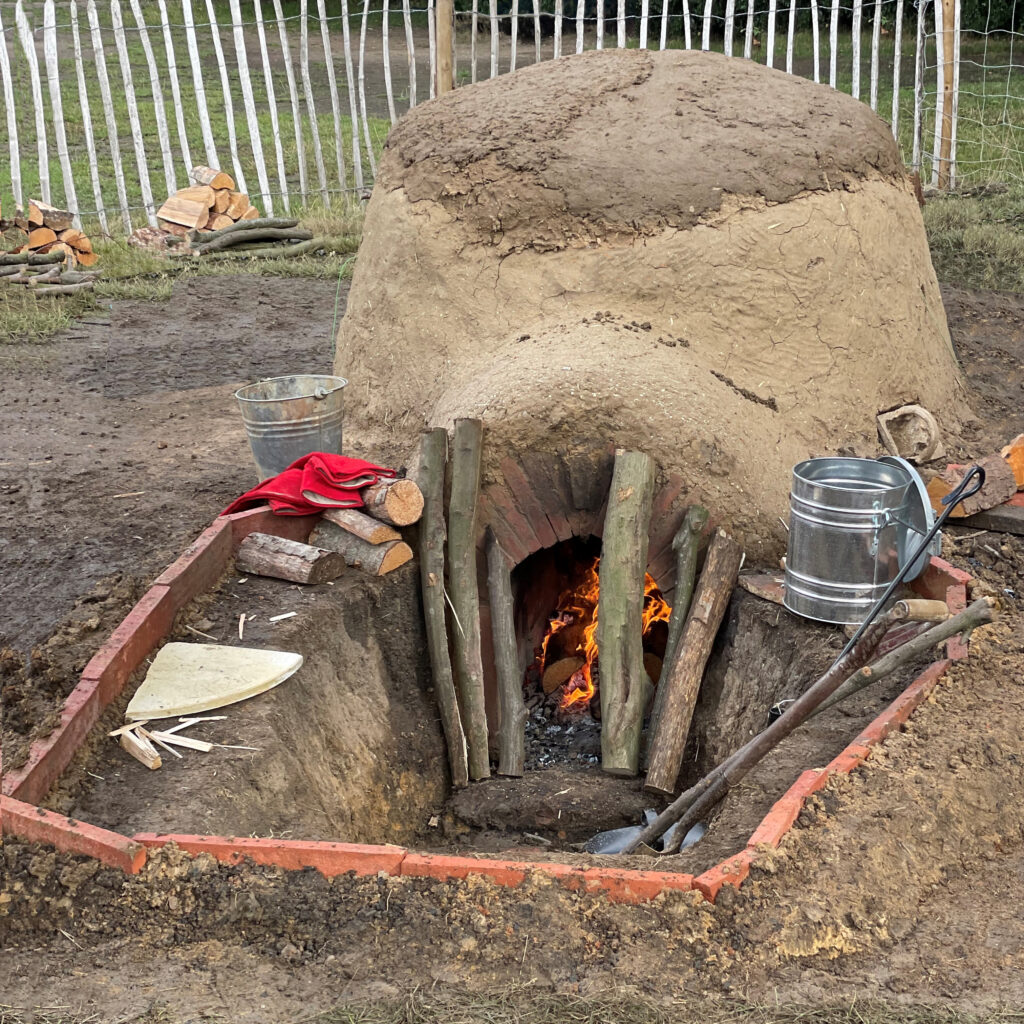
Practice continues in the very woodland where it first took root nearly two millennia ago.
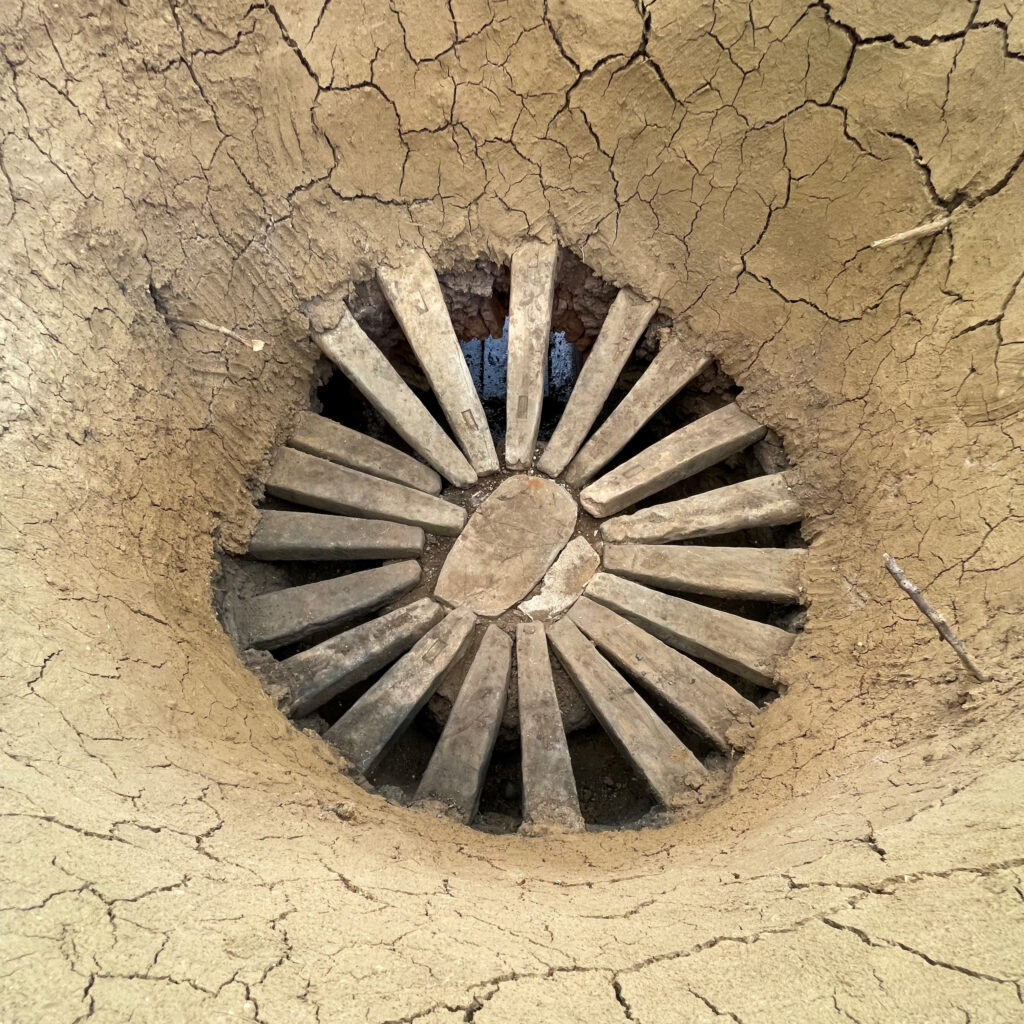
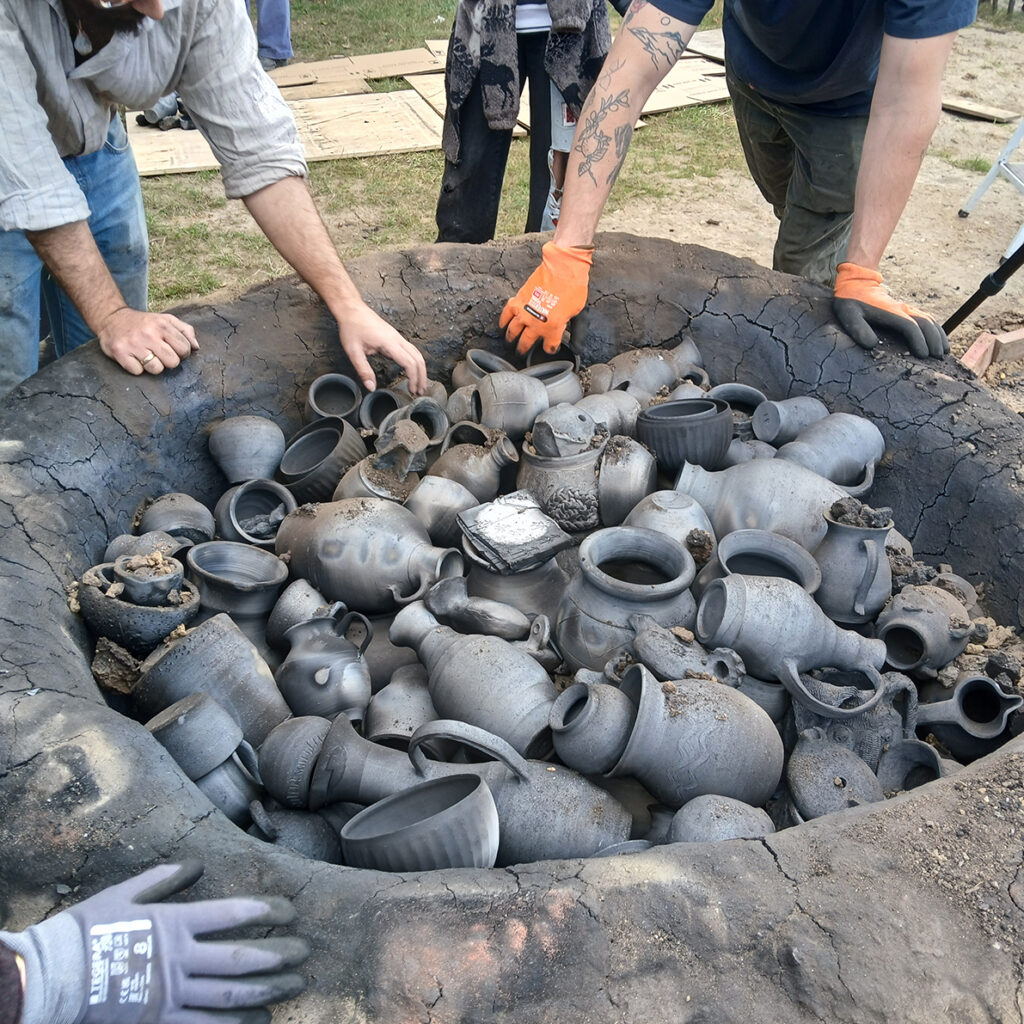
Sources: The Roman Pottery Manufacturing Site in Highgate Wood: Excavations 1966-1978 by A.E.Brown, H.L.Sheldon
Nick Peacey : Friends of Highgate Roman Kiln @firinglondon


